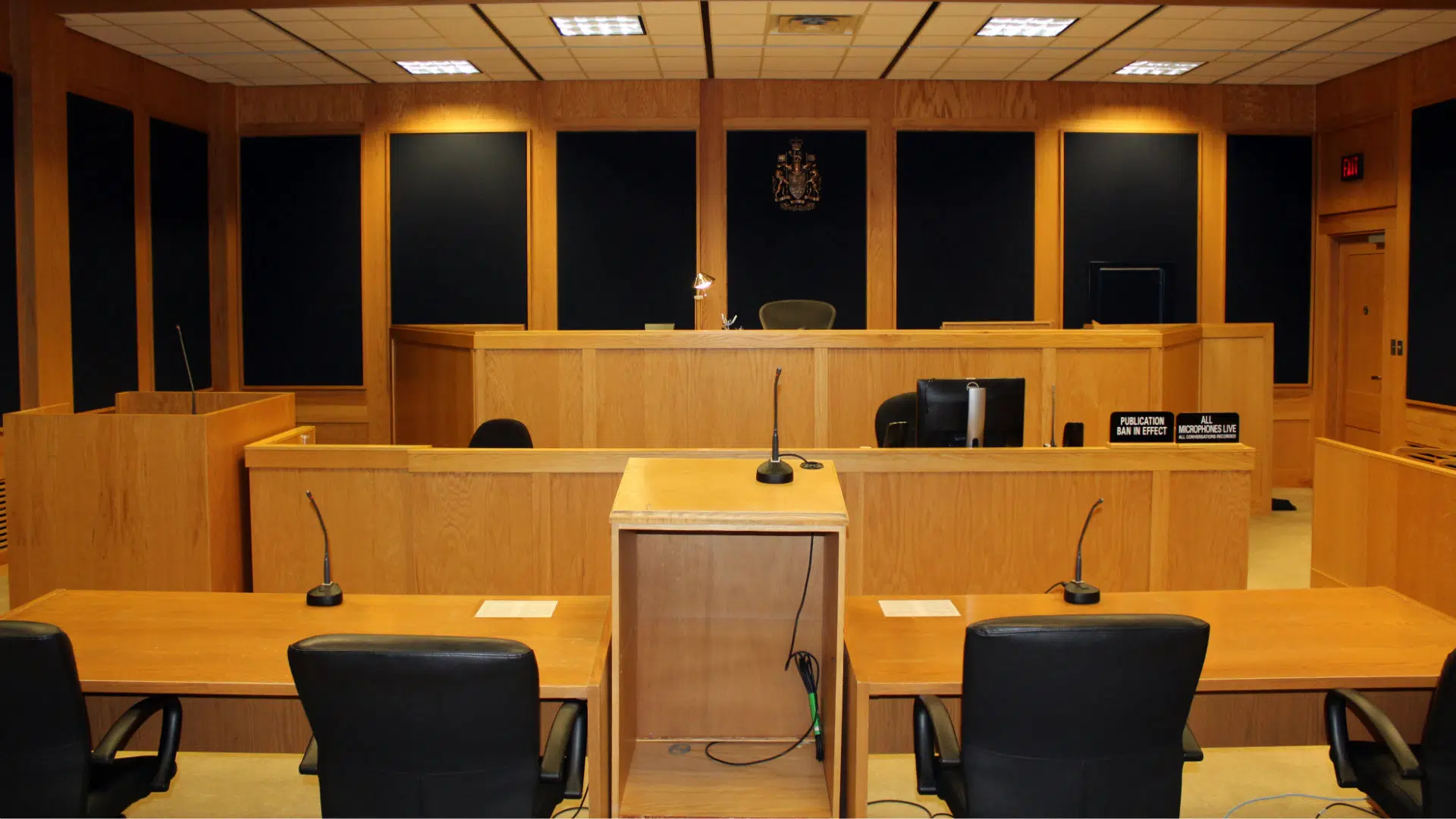
Demystifying Gladue: Part 2
ALBERTA – After hearing from Ashley Prairie Chicken about the work that goes into preparing a Gladue report and how they help an Indigenous offender – sometimes even prior to sentencing – we’re shifting gears to look at the importance of the reports for the justice system.
As noted in our previous story, Lethbridge News Now wants to provide a detailed look at Gladue, in response to growing concerns that appear on our social media virtually any time a story is posted involving an Indigenous offender or suspect.
You can also review how it all started and a brief history of Gladue here.
Speaking with LNN, assistant chief Crown prosecutor, Dave Hill, pointed out that while Gladue reports are only available for Indigenous offenders, the factors that they sometimes uncover, which can play a part in sentencing, are also taken into account for non-Indigenous offenders. He explained that it’s noted in the Criminal Code under the section that first gave rise to Gladue.


